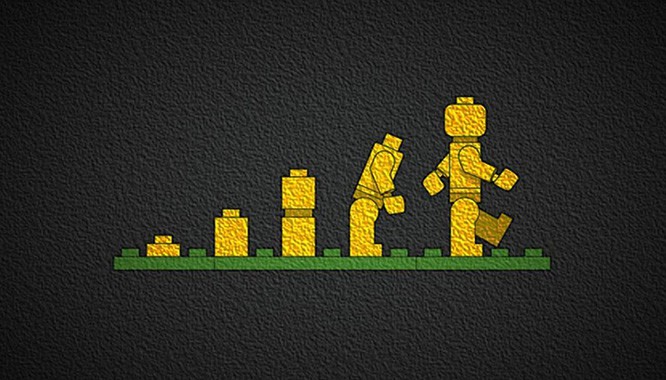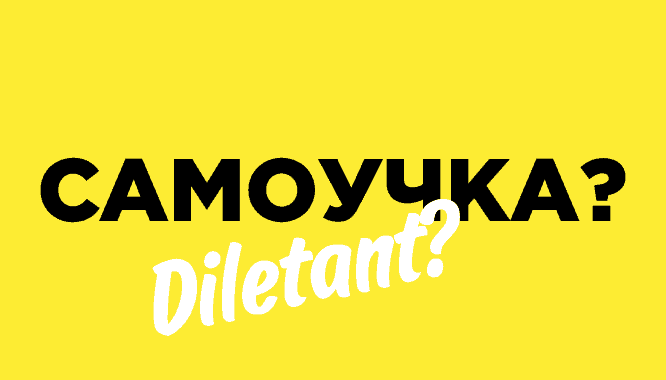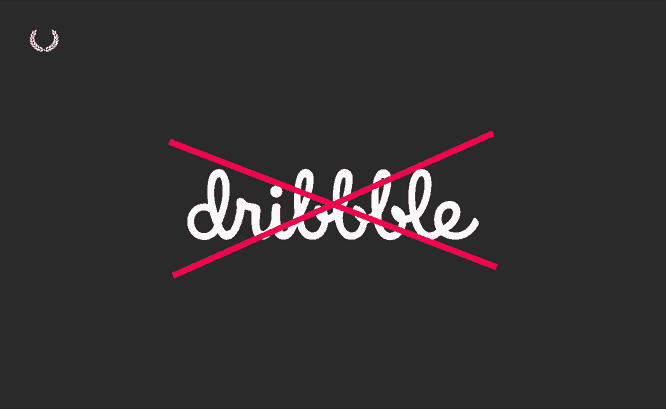0 to 1: How I went from freelance to chief designer in a year
0 to 1: How I went from freelance to chief designer in a year
At first, I liked the rhythm of a freelancer’s life. But after another project, which I forgot about, as soon as I received the money, I wanted to change something in my work.
I wrote down my skills, aspirations and chose a new path for myself. I wanted not only to receive money, but also to do something meaningful.
It was at that moment that I decided to temporarily abandon future orders and prepared a step-by-step plan to achieve my goal – to become a chief product designer.
Start
Not having a decent portfolio, I managed to get a new order several times a month. The clients were comfortable with my little experience, but they were not enough to work on a serious product. On a piece of paper, I sketched the following plan for achieving the goal:
1. Implement three good design goals.
Not all freelance work I could place in my portfolio. Some of them were made in a hurry, others I no longer like after the customer’s edits. These three jobs were supposed to be an outlet for me from the whole routine.
2. Prepare a portfolio
I decided to use third-party resources (Behance, Dribbble) and not waste energy on creating my site. This helped me save some extra money and time.
3. Find a job
For a long time, the profiles on hh.ru and linkedin.com should have been updated. In fact, I updated them immediately, but the finished profiles became only after the work was posted.

Development
I was well aware that the only way to improve my design skills was through practice. Since I limited the timeline for achieving the goal to two months, I began to look for ways to accelerate development. And such a way was found.
At the UX Environment conference, I met the founder of the Tilda Publishing service. I liked the service. While researching the site, I came across his design course and after reading a few introductory lessons, I purchased it. It was this course that helped me accelerate my development several times. It cost a decent amount for a young designer (8000 rubles), but I understood perfectly well that in the future it would pay off several times.
I purchased the course and prepared a daily development plan:
– at least 5 hours of design practice per day;
– at least one topic from the course per day (+ synopsis).
Explanatory theory + practice yielded results very quickly.
Work searches
After completing the first two points, I began to receive job offers almost every day. None of them really interested me. Most companies wanted to find a simple performer, while I wanted to influence the product. So I turned to my Facebook contact list and remembered a former colleague who is developing a promising company.
I went to the company’s website and realized that since my departure the design has not advanced at all, although a lot of time has passed. “Here’s a chance,” I thought, and suggested updating the site design as a test task.
Cognitive story # 1
The site was really outdated, and my idea was put forward for discussion, but after a few days I was still refused, citing lack of resources. I was surprised, but I did not stop working on the site and showed my results at the end of the week. The quality of the work made the director reconsider his decision and I was offered a job as a UX designer.
Job
I was engaged in interface design. It was decided to transfer the design of the visual part to a third-party studio, which hurt my pride. Plus, it was long and expensive. The director was on good terms with the staff at that studio, so my arguments were rejected and I agreed to do my part. But the design ego made itself felt, and I changed a few things.
Cognitive story # 2
As promised, I thought over, designed the interface and gave it to the director. But besides this, I brought the visual part to such a level that outsourcing materials became not only unprofitable, but pointless. My work spoke for itself, and the question with a third-party studio disappeared. In addition to regaining my self-esteem, I grew up in the eyes of my colleagues and took over as Chief Product Designer a month later.
What helped me achieve what I wanted
Purpose and plan
As you remember, I used to think on paper. I find it very important to write down the goal and plan. I used to use notepad for large-scale purposes, but with the advent of the service for achieving goals SmartProgress this need has disappeared.
activity
Not reports, but the atmosphere of the conferences contributes to development. You find yourself in a professional society and start listening to the conversation. Little by little, they will start to notice you and ask for your opinion.
Conferences are useful contacts. There I met the head of the Mail.Ru Group design team Yuri Vetrov, the founder of the Statsbot startup Artem Keidunov, the chief designer at Badoo (formerly VKontakte) Pavel Shumakov and many others.
Conferences are an opportunity to stay “on topic”. It was at the conference that I first learned about the Sketch design tool, when few people heard about it, and for about two years I have been working only in it.
Books
I have read many books, but after thinking about which books helped me become a chief designer, I highlighted the following:
How to Write Well – William Zinser
Most people underestimate the skill of writing, although now we communicate more in writing. We write letters to employers, colleagues, and each letter forms the idea of us as a person and a professional.
Steal Like an Artist – Cleon Austin
I came across this book in a bookstore on Tverskaya. It was in English, but standing by the shelf, I swallowed it almost completely. Austin Cleon briefly and very convincingly presents the 10 commandments of the creative person.
Business from Scratch – Eric Rees
Eric Rees, using the example of his own company, tells how to test ideas, make changes to the product and, most importantly, make money on it. This book saved me from the perfectionism when creating the first versions of the product.
“Number 1. How to become the best at what you do” – Igor Mann
I always recommend this book, because it was with it that my path of active self-development began. Igor Mann, in his characteristic manner, presents an understandable scheme of personal development, applicable in almost any industry.
“Developing Value Proposals” – Alexander Osterwalder
An excellent book that forms in the head an understanding of how a business works. This skill is important to anyone who wants to influence the development of the company. The book is based on the business model of Alexander Osterwalder, filling in which you can learn a lot about your company and find problem areas.
Conclusion
During my short career, I have made sure that finding a decent job is not difficult. Even while studying at the institute, I managed to work as a web developer, a writer in a men’s magazine and a designer. From the beginning of my acquaintance with a new topic to making my first profit, it took me no more than six months.
I tried various activities and in the end I figured out which one gives me pleasure. It took several years. Maybe over time I will once again change the type of my activity. I don’t know this, but I know from personal experience that it’s possible.
I’m sure there are hundreds, if not thousands, of such stories in our community. Share your experience in achieving goals in the comments. It will be useful to everyone.
Thank you for attention!
Source: designpub.ru
…


